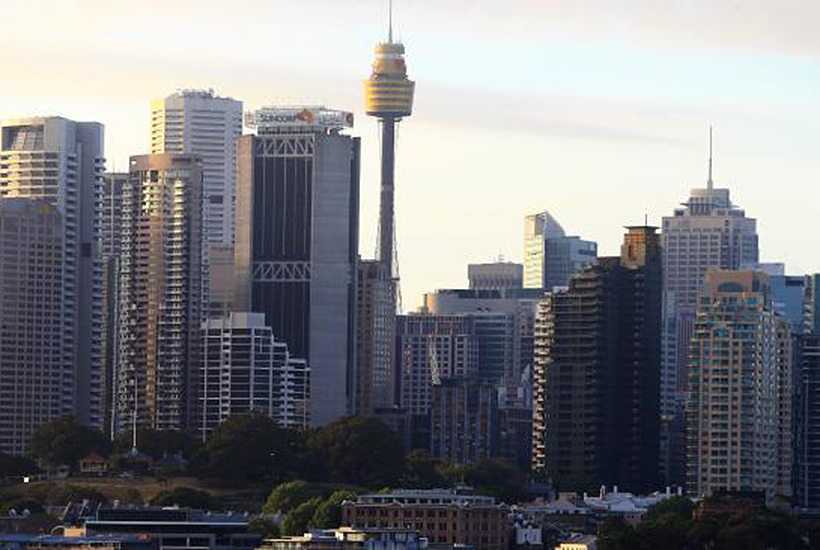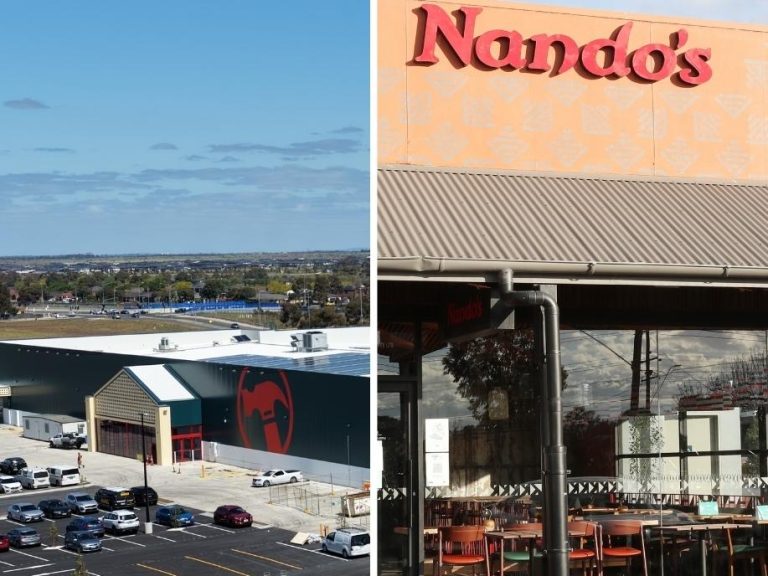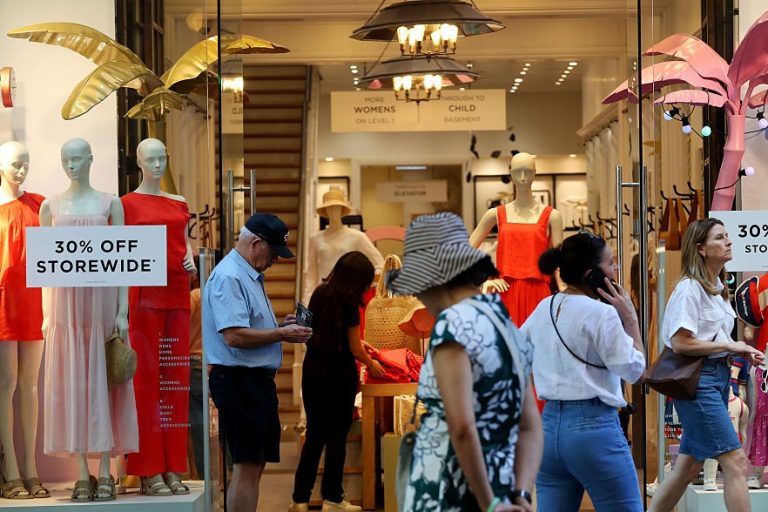Sydney office leasing market tightens to pre-Olympic levels

Australia’s office markets have recorded their lowest vacancy rates in five years as Sydney has experienced the least amount of empty office space since the 2000 Olympics, according to JLL.
Businesses leased nearly 70,000sq m of offices in the Sydney CBD last year, pushing the vacancy rate down to 4.1% and bumping up prime rents by 7.1%.
“Prime-grade vacancy rates are in single digit territory across most CBD and metro office markets,” JLL head of leasing Tim O’Connor says.
Commercial Insights: Subscribe to receive the latest news and updates
“While the uncertain economic and political environment will create a level of caution, we believe that tight physical market conditions will precipitate a wave of precommitment activity to new development over 2019.”
The nation’s office markets — particularly Sydney and Melbourne — are running counter to the deteriorating residential and retail property sector as office landlords are again expected to report strong results in the coming reporting season.
UBS yesterday forecast that Sydney net effective rents would rise by 12% after jumping 15% last year, while Melbourne rents were expected to increase 4% after a 7% rise in 2018.
The investment bank notes that office and industrial REITs are trading at about a 10% premium to net asset values while retail REITs are at a 10% discount.
JLL head of research Andrew Ballantyne says the volatility in global equity markets over the latter months of last year had little impact on leasing activity as companies were willing to “read through the noise” and take long-term leases.
“While the focus has been on the strength of the leasing activity in CBD office markets, a high proportion of metro office markets had strong net absorption results in 2018,” he says. “The Brisbane near city, Melbourne suburban, Parramatta and south Sydney all recorded net absorption above historical averages in 2018.”

In the Perth CBD, 16,600sqm of office space was leased in the final quarter of last year to bring the total take-up rate for 2018 to 50,800sq m. However, the mining downturn-affected market still has more than a fifth of its office space empty, the report found.
The Perth CBD market started to recover in mid-2017 and gathered momentum over 2018, Ballantyne says, noting that net absorption last year was almost three times higher than the 25-year average of 17,700sqm.
“A number of organisations have taken the opportunity to centralise operations back into the CBD as they seek to attract and retain highly skilled workers. However, take-up in the Perth CBD is more than a displacement story with organisations in professional services, financial services and the public sector increasing their occupational footprint,” Ballantyne says.
In the Melbourne CBD, 9300sqm of space was leased in the fourth quarter of last year and 167,700sqm over 2018.
The Melbourne CBD was the strongest office market in 2018, accounting for 44.9% of national CBD office market net absorption for the year, JLL says.
O’Connor says the strong take-up in Melbourne has pushed vacancy rates down to 3.7% in the fourth quarter — the lowest level since the late 1980s.
Brisbane’s CBD vacancy rate eased to 13.2%, while Adelaide’s was 13.7%.
This article originally appeared on www.theaustralian.com.au/property.







